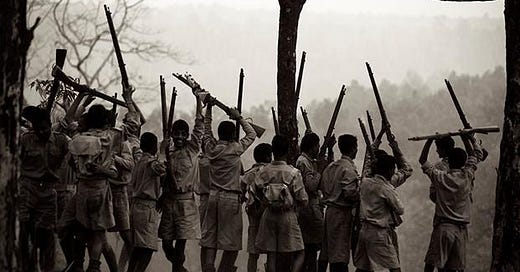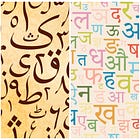Welcome to the Brown History Newsletter. If you’re enjoying this labor of love, please do consider becoming a paid subscriber. Your contribution would help pay the writers and illustrators and support this weekly publication. If you like to submit a writing piece, please send me a pitch by email at brownhistory1947@gmail.com.
Don’t forget to check out our SHOP and our Podcast.

Recommended Reads:
Why Has India Forgotten The Violence In Its Struggle For Freedom?
The history of resistance is rarely a matter of clear-cut morality, its legitimacy famously determined by who holds the pen. For former imperial powers, whose wealth and stability were built on subjugation rather than struggle, modern forms of violent resistance have been easy to dismiss. It feels somehow understandable, albeit unnerving, how the phrase “one man’s freedom fighter is another man’s terrorist” has been reduced by them to a crude rationalisation for bloodshed, rather than a reflection of the messy realities of liberation.
It is perplexing, however, to see India—a nation that endured 200 years of British colonial rule and employed violence to secure its independence—fail to understand the dissent of indigenous and oppressed peoples across the world and in its own backyard. Despite the multifaceted answers we may receive when probing into why present-day India opposes modern anti-colonial resistance and violence, a close examination reveals a primary root cause that is firmly planted in the country’s collective memory.







